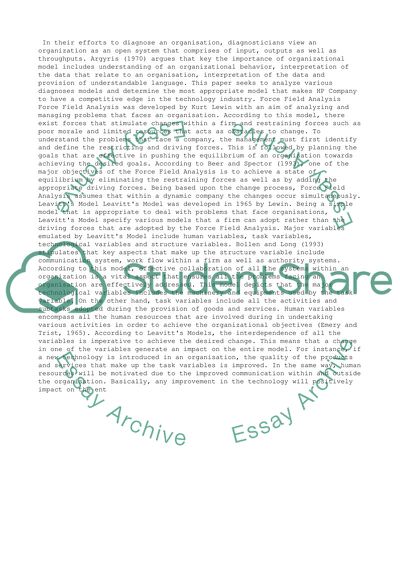Cite this document
(“Critical Review and Application in HP Company Essay”, n.d.)
Critical Review and Application in HP Company Essay. Retrieved from https://studentshare.org/management/1449326-critical-review-and-application-in-hp-company
Critical Review and Application in HP Company Essay. Retrieved from https://studentshare.org/management/1449326-critical-review-and-application-in-hp-company
(Critical Review and Application in HP Company Essay)
Critical Review and Application in HP Company Essay. https://studentshare.org/management/1449326-critical-review-and-application-in-hp-company.
Critical Review and Application in HP Company Essay. https://studentshare.org/management/1449326-critical-review-and-application-in-hp-company.
“Critical Review and Application in HP Company Essay”, n.d. https://studentshare.org/management/1449326-critical-review-and-application-in-hp-company.


